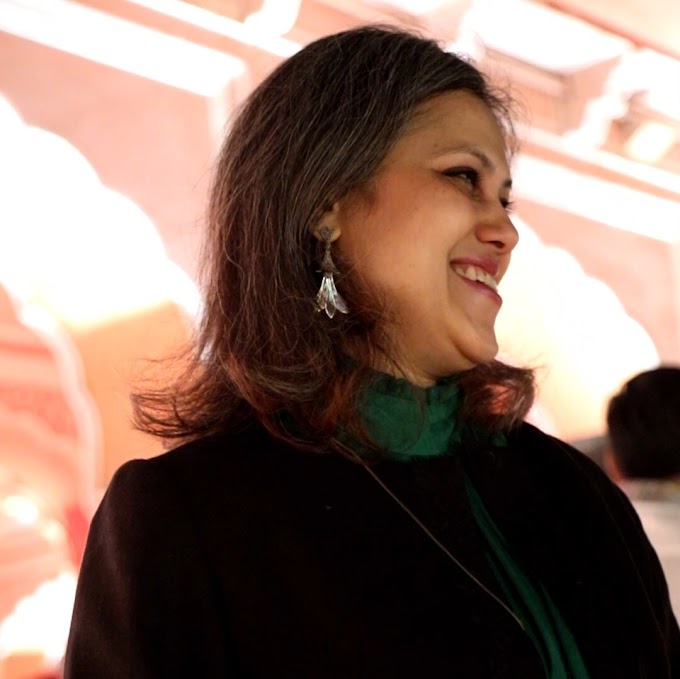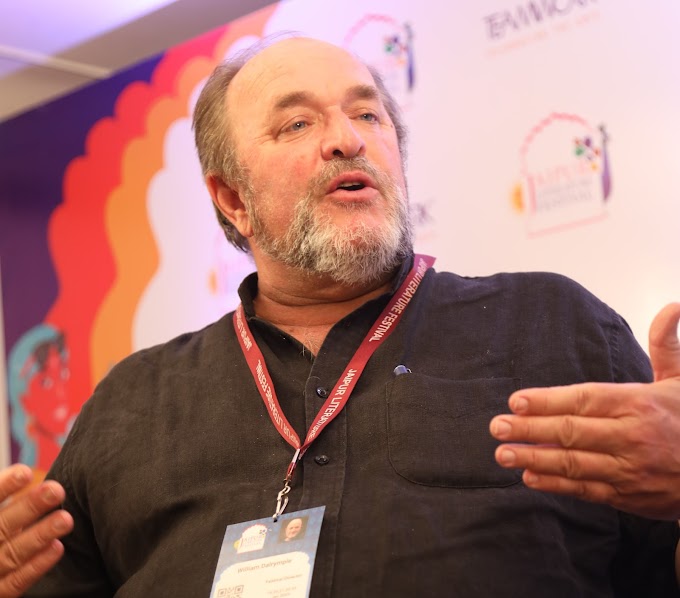The pandemic arrived like an uninvited guest, first knocking softly in distant Wuhan before barging through the doors of every nation on planet Earth. For those of us in India, it began as a whisper in late January 2020, a single reported case, but its echoes soon turned into a relentless roar.
Amid the confusion, fear, and grief, there were also voices of clarity, those of scientists, researchers, and public health experts who were trying to decode the chaos even as it was setting in. Among them was Prof. Gautam Menon, a physicist turned public health researcher, whose measured insights became critical to understanding the pandemic’s course of action and India’s response to it.
 |
| x/MenonBioPhysics |
A physicist by training, with stints at India’s premier institutions like IIT Kanpur and IISc Bangalore, before Ashoka University, his early work revolved around the abstract precision of theoretical physics. Over time, his curiosity pushed him towards biology, where he explored the complex, chaotic patterns of life itself. The intersection of these disciplines, physics and biology, formed the foundation for his work in public health, where he used mathematical modelling to address questions of disease spread and policy.
By early 2020, as news of SARS-CoV-2 began filtering through
international networks, Prof. Menon had already begun to piece together its
implications. Drawing from his understanding of SARS-CoV-1, he spoke publicly
about COVID-19’s potential impact as early as February, contextualising it
within the history of pandemics. The virus, he explained, would not only test
healthcare systems but also challenge social structures, economies, and
governance on an unprecedented scale. These early observations proved prophetic
as India and the world struggled to contain its rapid spread.
Modeling became Prof. Menon’s primary tool in this battle.
Numbers, data, and projections provided a way to make sense of a virus that
defied borders and norms. His work addressed urgent, practical questions: Would
lockdowns reduce the spread effectively? How should testing resources be
allocated? When could schools reopen safely? But the numbers were only part of
the story. Equally important was how this information was communicated. Prof.
Menon’s voice became a fixture in public discourse, explaining complex ideas
with clarity and offering a sense of direction in times of uncertainty.
Yet, speaking publicly about science in a polarised
environment brought its own challenges. Scientific critique was often
misconstrued as political commentary. “When you have a public voice, there will
always be people who see bias where none exists,” he reflected. Despite this,
his commitment to evidence and transparency earned him respect across
ideological divides. His models and analyses were not just academic
exercises, they were tools for governments, media, and the public to understand the crisis.
India’s response to COVID-19 was a study in contrasts. The
initial nationwide lockdown in March 2020 was one of the world’s strictest,
slowing the virus’s spread but triggering widespread socio-economic disruption.
The second wave, however, exposed the fragile underpinnings of the healthcare
system. Reports of oxygen shortages, overwhelmed hospitals, and rising
fatalities underscored the pandemic’s devastating human toll. Through these
waves, Prof. Menon’s work highlighted the crucial pillar of science that supports the security net that governments around the world promise their citizens.
Within weeks of the first cases, scientists sequenced the
virus’s genome and shared it openly, which eventually enabled rapid vaccine
development. Prof. Menon saw this collaboration as a turning point in global
health, one that showcased both the vulnerabilities and strengths of a
connected world. While the virus spread with ease across borders, so too did
knowledge, and enabled countries to develop vaccines and treatments at unprecedented
speeds.
For Prof. Menon, biology represents the frontier of the 21st
century, not because it diminishes other sciences but because it integrates
them. Questions about the origins of life, the functioning of consciousness,
and the evolution of diseases lie at the heart of this interdisciplinary
pursuit. The COVID-19 crisis has made aware the importance of such inquiry, and
has shown us how the convergence of biology, data science, and social
understanding can address challenges that transcend any single discipline.
He emphasised the need for sustained investment in
public health infrastructure and research. “Biology is dynamic,” he explains.
“The virus evolved, and so must our responses.”
The pandemic revealed the remarkable nature of scientific
collaboration but also the vulnerabilities of unequal societies. His work
during this period was not just about addressing the immediate crisis but about
preparing for the future, to ensure that the lessons of COVID-19 inform how we
respond to the next pandemic, the next global challenge, or the next moment of
reckoning that calls for the human race to unite as one.
For him, curiosity, inquiry, and the ability to adapt
are the qualities that will shape the science of tomorrow, and bridge the gap
between knowledge and action, between numbers and narratives, between the
abstract and the deeply human.
(Written by Saket Suman, and based on the original, as first published in Ashoka Reflections.)



